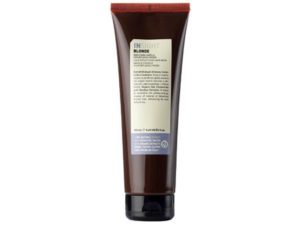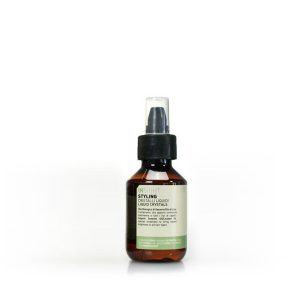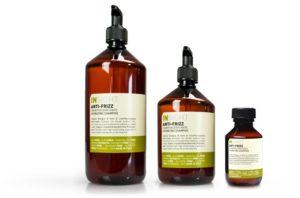Let’s compare SLS and SLES!
If you’re on our website, chances are you’re a conscious haircare lover, and you may already be familiar with SLS’s and SLES’s. But if not, SLS stands for Sodium Laurel Sulphate, and SLES stands for Sodium Laureth Sulphate.
SLS and SLES are both surfactants that get added to health and beauty products to create the lathering affect we became so used to.
We’re going to dive deep into the difference between SLS and SLES and help you understand why you’ll never find such nasties in our products!
What is SLS?
Sodium Lauryl Sulfate (SLS) is and ingredient found in many everyday products. It produces the foamy lather that we deem ‘normal;’ we expect soap, face wash, toothpaste, shower gels etc to all have this quality, however none of these products actually need SLS.
Despite SLS being deemed safe, it has been identified as a key skin irritant. Manufacturers must limit the amount of SLS in their products due to its harmful effects. We wonder, if the concentration of SLS must be controlled and regulated due to harming of skin, why use it at all? None of our products contain SLS, and they never will! Find out more about our ingredients here.
Why you should stop using SLS
If you are a sufferer of sensitive skin or skin conditions such as eczema or dermatitis, you’ll want to avoid all products containing SLS. SLS disrupts the the natural oils that maintain the skins integrity; it damages the outer layer of the skin causing dryness, cracking and tenderness, and also reduces the skins ability to fight allergens.
Similarly, for those who suffer with acne (mild or severe), products containing SLS may be contributing to breakouts.
Not only does SLS affect skin, it is known to be responsible for hair loss and decreased health/strength of our hair! SLS is only designed to be in contact with our bodies for a very short period of time before irritation occurs, yet it is difficult to fully remove! SLS often remains in our hair follicles post washing, which leads to weakened, damaged hair.
In our opinion, SLS is best left for use in household cleaning products!
What are SLES?
Now we understand what SLS’s are, let’s get to SLES. Sodium Laureth Sulfate (SLES) is the chemically adapted child of SLS. Also, an inexpensive, synthetic foaming agent, SLES is produced when SLS undergoes a process called ethoxylation. Although this process helps to make SLES more water-soluble and less skin-irritating, it can be accidentally contaminated with a chemical called 1,4 dioxane causing impurity and irritation.
Despite being deemed as less damaging, we believe any synthetic agents such as these do not belong non our bodies!
Our favourite SLS and SLES FREE products this month!!
INSIGHT Blonde Cold Reflections Mask!

BANISH BRASS AND BOOST HYDRATION ALL IN ONE!
OUR INCREDIBLE FORMULA IS BURSTING WITH NATURAL INGREDIENTS, SCIENTIFICALLY FORMULATED TO NEUTRALISE YELLOW/ORANGE HUES AND NOURISH DEEP FOR EXTREME BLONDE HEALTH!
INSIGHT STYLING LIQUID CRYSTALS

THE ULTIMATE HAIR TREATMENT, LEAVES HAIR SHINY, SOFT AND MANAGEABLE!!
INSIGHT ANTI-FRIZZ HYDRATING SHAMPOO

SCIENTIFICALLY FORMULATED TO CORRECT FRIZZ, NOT MASK ITS EFFECTS. INTENSELY MOISTURISES, GENTLY SOFTENS, EFFORTLESSLY DETANGLES. SILKY, GLOSSY FINISH FROM THE VERY FIRST USE!
After hearing about SLS and SLES, what’s your opinion? Will you be banishing SLS and SLES from your hair and beauty routine?
Comment below, or tell us on Facebook or Instagram!